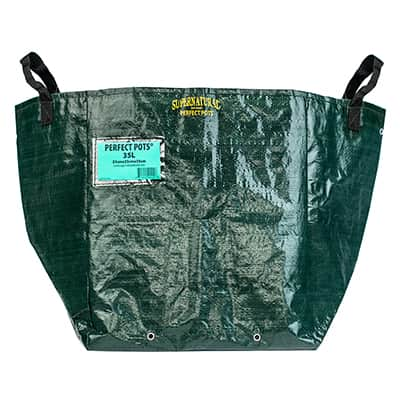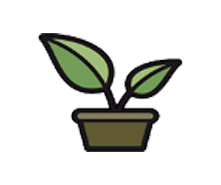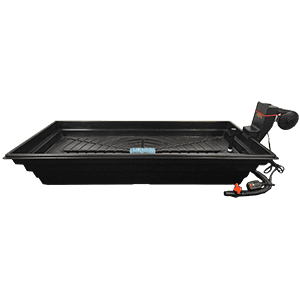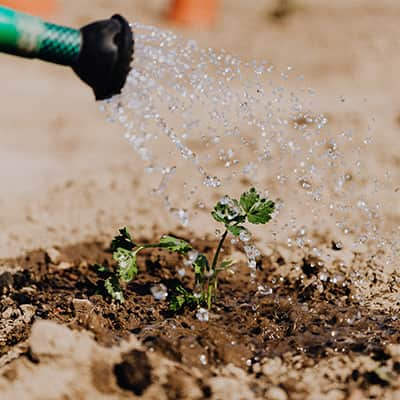Achieve Better Growth With the Right Nursery Pots

Choosing nursery pots should be more than an afterthought. Their size matters to root development and plant health. Nursery pots in Canada come in a variety of sizes and materials. Cost, scale of nursery operation, stage of plant growth, and personal preferences all play into decisions about which pots to choose.
What Is a Nursery Pot?
In general, a nursery pot is designed for utility more than decorative appearance. They are used by amateur and professional growers to start plants and nurture them to various stages of growth either for harvest or to sell the whole plant. They feature drain holes or are made from porous materials to release excess moisture. The pots are often reusable, but single-use products are available. Reusable ones will be somewhat sturdier than disposable ones that are made of the thinnest plastic.
Types of Nursery Plant Pots and Their Uses
Manufacturers produce pots for nursery plants from several materials, including:
- Coir
- Pulp
- Plastic
- Fabric
Plastic is the most common due to being lightweight. Plastic pots withstand growing conditions relatively well although they can crack after multiple uses or if dropped. Their affordable prices make them the primary type of nursery pots that Canada growers select.
Many fabric pots are made from synthetic materials, such as spun polypropylene. This provides a breathable material resistant to mold that can be a problem on natural fiber. Airflow through fabric naturally prunes roots and promotes a dense root ball throughout the soil. For a plant expected to have a large root ball, fabric pots offer a durable option that won’t crack or add extra weight.
Coir and pulp pots present a biodegradable choice for growers. The plant-based materials within these pots help you reduce plastic waste. These promote good root ventilation as well. Pots made from coconut coir or pulped wood or paper may be planted directly in the ground. If you need to transplant seedlings, then biodegradable pots speed up that task while limiting disruption of roots.
Nursery Pot Sizes
Nursery pots come in sizes meant for tiny sprouts on up to sapling trees ready to plant in the yard. You can find small round plastic pots with 6 cm bottom diameters on up to 10-gallon containers and everything in between.
Plant size should guide your choice of pot size. A pot too large for a plant could be unnecessarily heavy when you need to move it and also detract from plant growth. On the other hand, a pot too small for a plant cannot hold enough water and nutrients to achieve proper growth. The plant might get top heavy and tip over too. In general, a container that measures about one-third the height of your plant works well. When plants outgrow their pots, you need to transplant them to bigger pots.












